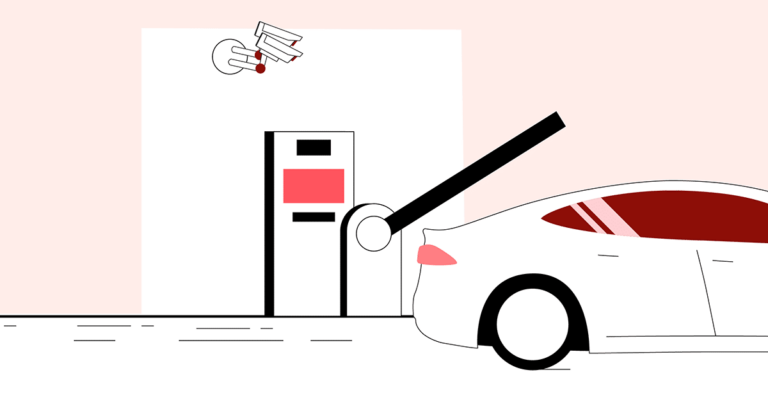Any professional athlete would warn you to never neglect your basics. You can have your eye on hitting the best home runs in the world, but if you don’t practice making contact with the ball, that lofty goal can’t happen. The same concept should apply to running an efficient parking asset. An eye for innovation is fantastic, but it needs to be tempered with a strong foundation. Once you have that down, you can achieve any parking facility’s primary purpose–getting your customers in and out with ease.
When was the last time you conducted an audit of your facility’s components? Whether you’re a seasoned veteran or new to the industry, it’s important to have a strong sense of what makes your asset tick. We’re here to help you on that journey. Below is a guide on the basic components of any parking facility from our experience at Flash. Compare it with the system you currently use to ensure you’re maintaining revenue in the most efficient way possible.
Lead the Charge
A FREE eBook breaks down the numbers behind the EV revolution and highlights parking’s critical role in the big picture. Hint: there’s a big opportunity you don’t want to miss.
What Are Parking Asset Components?
Anything that facilitates the entry, processing, or exit of your customers is considered a component. They range from the technology that accepts people into the facility to the systems that process payments while inside. Modern components have led to a wide variety of options to choose from. Many parking facilities still use outdated components that, while still functional, get in the way of new sources of revenue. Modern technology leads to smart parking. That means lower expenses and higher innovation.
Audit Your Basic Components
After you’ve identified the key components of your assets, you can begin to audit them. It’s essential to go through each piece and determine its performance and what’s missing. We’ve also created a short “training” guide on how to approach analyzing some of these components. Once you’ve done this audit, congratulations—you’ve done one of the hardest parts! (It’s also something many operators skip. Best not to be a member of that select group.)
When you know exactly how your components are running, you’ll be able to scale and make adjustments that make your customers happy. After all, that’s what we’re all in this business to do.
Join the Parking Revolution, Subscribe to Our Newsletter
We’re disrupting the parking industry because we believe our customers, consumers, and cities deserve better.

